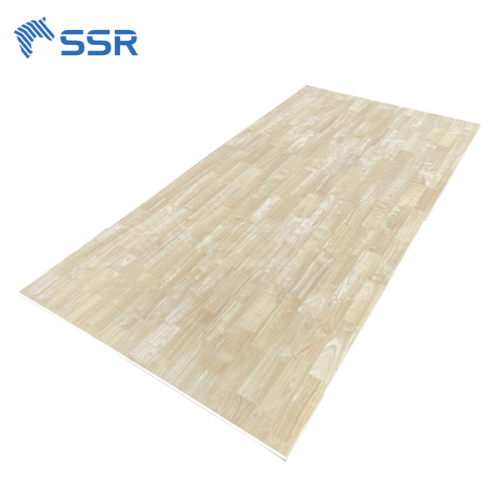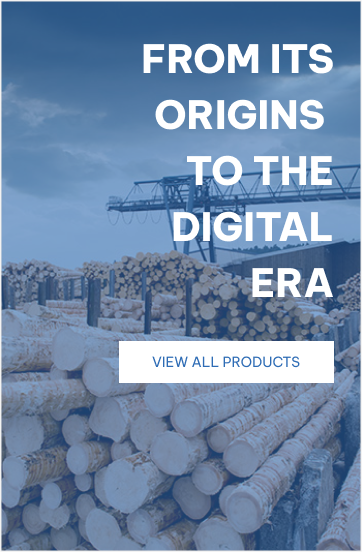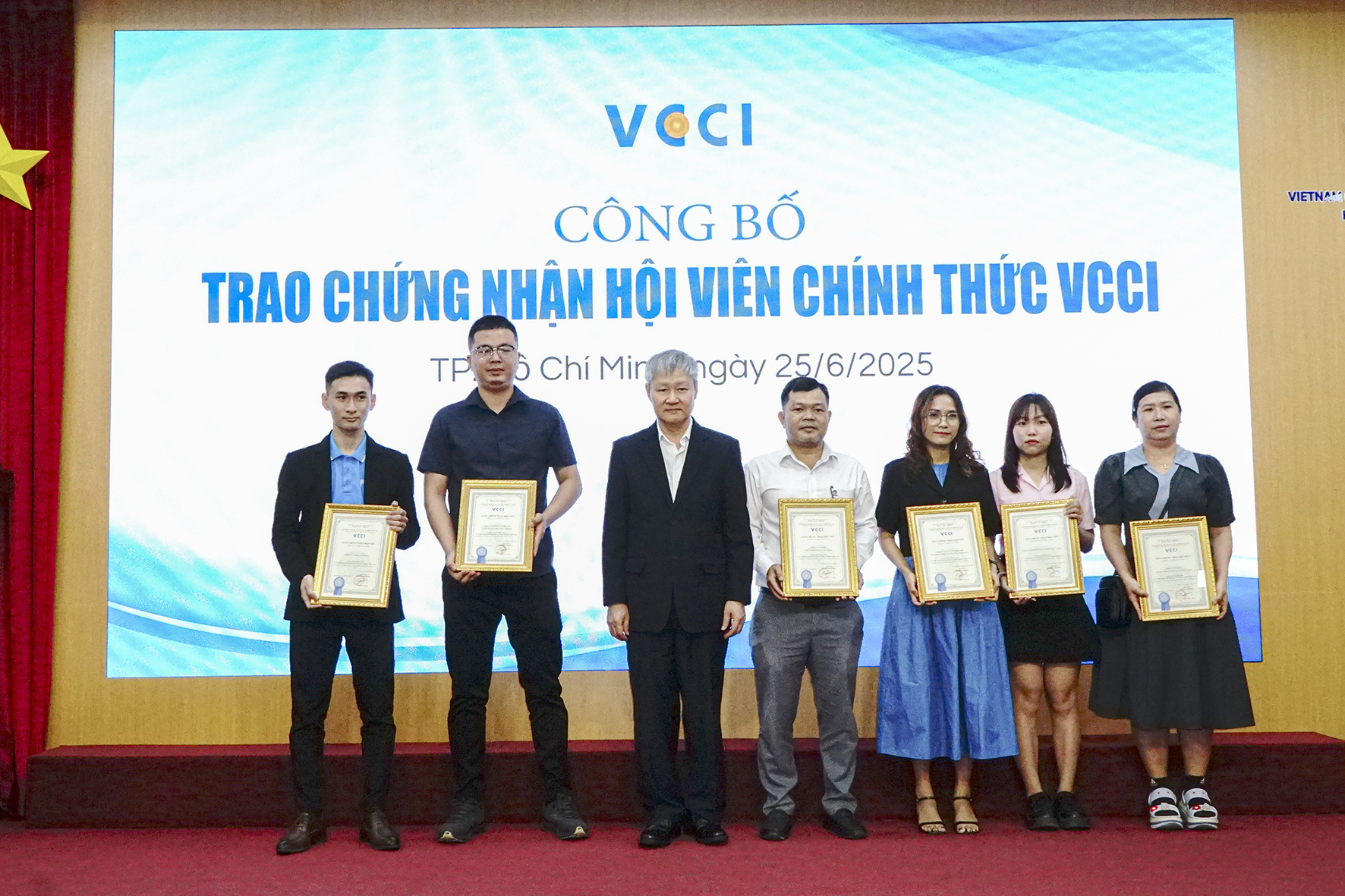NEWS
In the search for sustainable energy solutions, biomass stands out as one of the most promising alternatives to fossil fuels. But what exactly is biomass, and why is it gaining attention around the world?
Let’s explore how this natural energy source works, where it’s used, and what the future holds.
What Is Biomass?
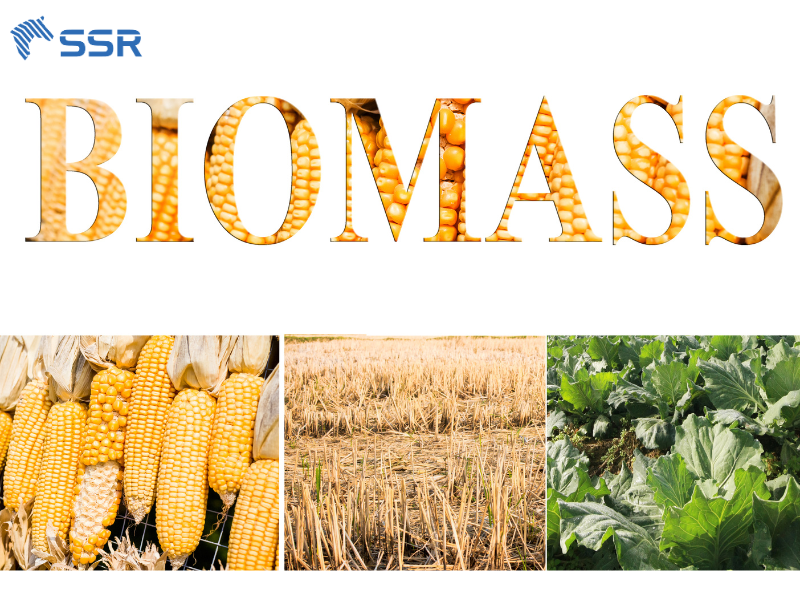
What is biomass
Biomass refers to organic material derived from plants, animals, and waste that can be used as a renewable energy source. Common examples include wood, crop residues, animal manure, and even algae. As long as it comes from living or recently living organisms, it can be classified as biomass.
Unlike fossil fuels, which take millions of years to form, it is part of the short-term carbon cycle. This means it can be replenished in months or years, depending on the source. For example, wood waste from sawmills or corn husks after harvest can be collected and reused every season.
Why Is Biomass Important in Renewable Energy?
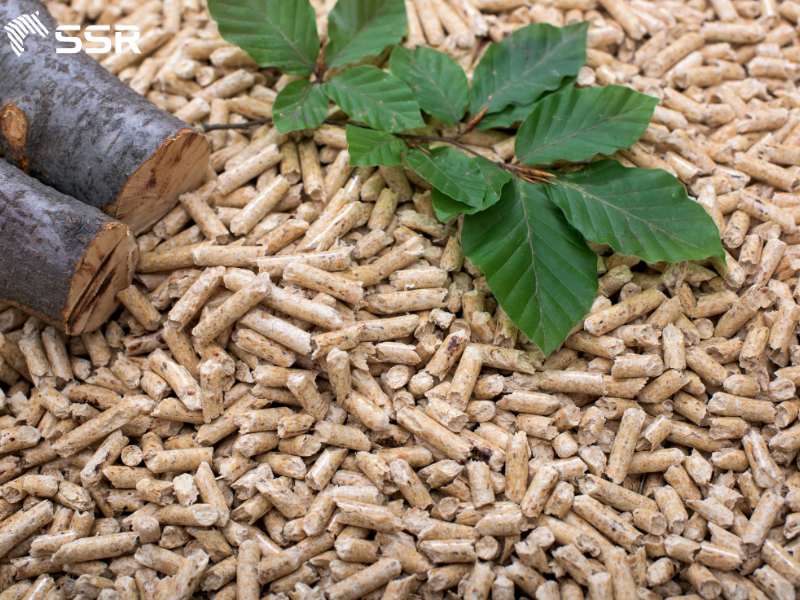
Why is biomass important in renewable energy
Biomass holds a unique and essential place in the world of renewable energy, offering both environmental and economic benefits that few other sources can match.
1. It’s Renewable and Readily Available
It is derived from living or recently living organisms, meaning it can be grown, collected, and replenished continuously. Crops, trees, and agricultural by-products can be regrown or produced each year, making it a consistent and reliable energy source. In contrast to fossil fuels, which take millions of years to form, bioenergy can be harvested and reused seasonally or annually.
2. It Turns Waste into Energy
One of the biggest advantages of biomass is its ability to utilize waste that would otherwise end up in landfills or be burned inefficiently. Materials such as wood shavings, crop residues, animal manure, and even food scraps can all be processed to produce heat, electricity, or fuel. This not only reduces landfill volume and methane emissions but also adds value to materials that would typically be discarded.
3. It Supports the Circular Economy
Biomass encourages a closed-loop system where waste is transformed into energy, and by-products like ash or biochar can be returned to the soil as nutrients. This circular model supports sustainable agriculture, forestry, and waste management practices – reducing environmental pressure and conserving natural resources.
Read more: https://ssr.vn/charcoal-fuel-in-the-wood-industry/
4. It Reduces Greenhouse Gas Emissions
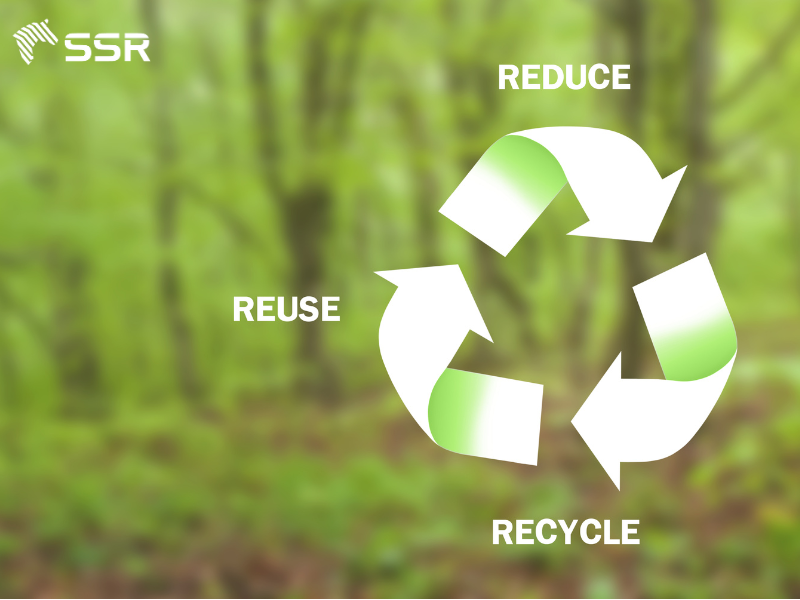
Biomass reduces greenhouse gas emissions
When managed sustainably, biomass is considered carbon neutral. The carbon dioxide released during energy production is roughly equal to the amount absorbed by plants during growth. This helps balance the carbon cycle and lowers net greenhouse gas emissions, especially when replacing fossil fuels like coal or oil.
5. It Creates Jobs and Boosts Rural Economies
Biomass energy production stimulates local economies by creating jobs in agriculture, forestry, transportation, and processing. In rural areas with access to natural resources, it offers a valuable economic opportunity while reducing dependence on imported fuels.
Advantages of Biomass

Advantages of biomass
Biomass isn’t just an eco-friendly fuel – it’s a practical, renewable energy source with many benefits for the environment, economy, and local communities:
1. Renewable and Abundant
Sourced from crops, trees, and organic waste, biofuel is naturally replenished and readily available year-round with proper land management.
2. Cuts Greenhouse Gas Emissions
Biomass is carbon-neutral when used sustainably. The CO₂ released during combustion is balanced by what plants absorb while growing, helping to slow climate change.
3. Enhances Energy Security
By replacing imported fossil fuels, biomass provides a stable, local energy source, especially in agricultural and forestry-rich regions.
4. Supports Rural Economies

Biomass supports rural economies
Biomass production creates jobs in farming, forestry, and processing – stimulating local development and diversifying income streams.
5. Versatile Energy Forms
Biomass can be converted into electricity, heat, biofuels, and biogas, meeting a variety of energy needs across industries and households.
6. Reduces Waste
Organic waste is turned into useful energy instead of ending up in landfills – minimizing methane emissions and improving waste management.
7. Encourages Sustainable Land Use
Using agricultural residues and forest by-products for bioenergy helps maintain healthier ecosystems and reduces wildfire risks.
8. Provides Reliable Power
Unlike solar or wind, bioenergy offers steady, predictable energy output, making it ideal for base-load power and hybrid systems.
The 4 Main Types of Biomass
Biomass can come from a variety of sources, but it’s generally categorized into four main types. Each type plays a unique role in the renewable energy ecosystem and offers different advantages depending on availability, processing methods, and energy goals.
1. Wood and Wood Waste
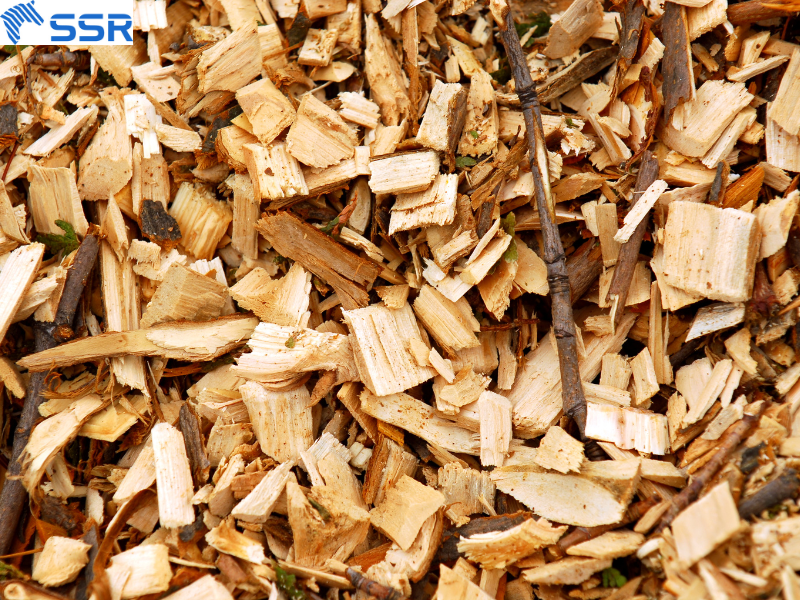
Wood and wood waste
This is the most traditional and widely used form of biomass. It includes:
- Logs and firewood
- Sawdust and wood shavings
- Wood chips and bark
- Scrap wood from construction or furniture manufacturing
Wood biomass is commonly used in heating systems, power plants, and pellet production. It’s a key energy source in both rural and industrial settings due to its high energy content and availability.
2. Agricultural Residues
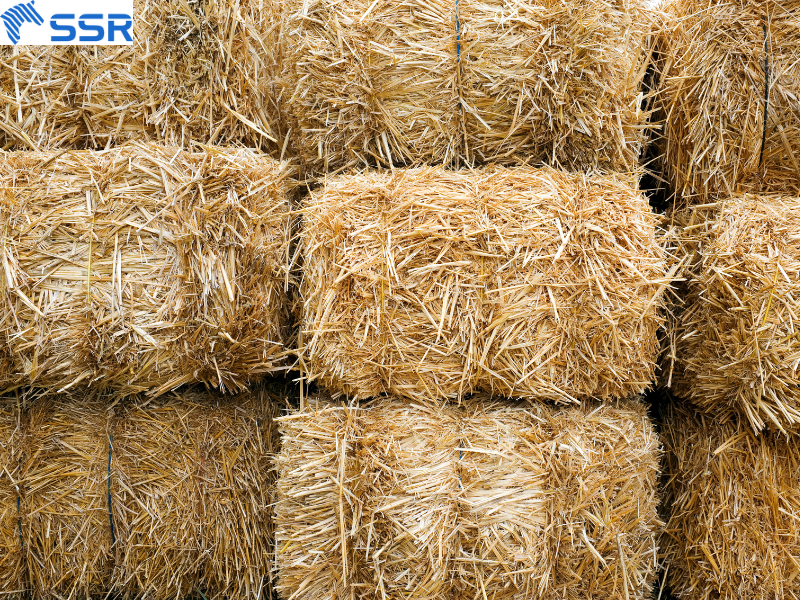
Agricultural residues
These are the by-products left behind after crops are harvested. Common examples include:
- Rice husks
- Corn stalks and cobs
- Wheat straw
- Sugarcane bagasse (the fibrous residue after juice extraction)
Instead of being burned in open fields or discarded, these materials can be repurposed for electricity generation, heating, or biofuel production – making agriculture more sustainable.
3. Animal Manure and Organic Waste
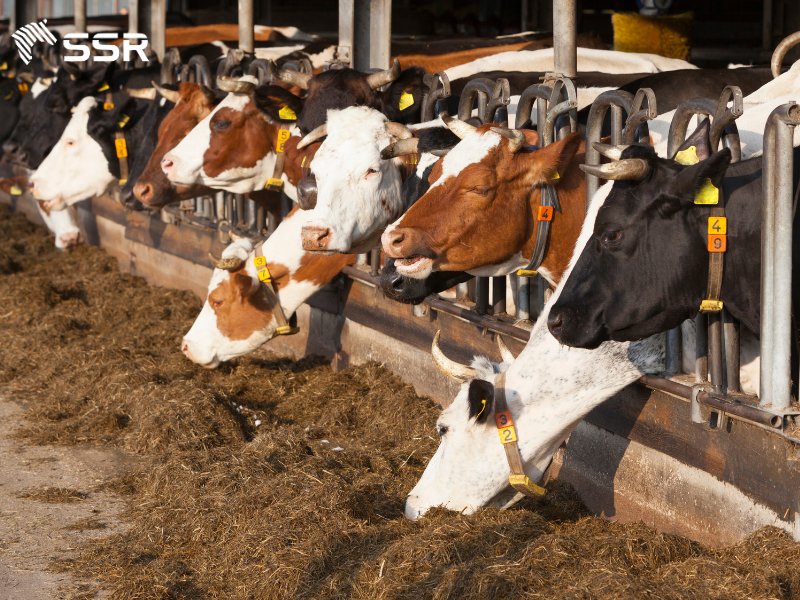
Animal manure
This type includes:
- Livestock manure from cows, pigs, chickens, etc.
- Organic food waste from households, restaurants, and food processing
- Landfill gases (like methane) from decomposing organic matter
These materials can be processed in anaerobic digesters to produce biogas, which can be used for cooking, heating, or generating electricity. It’s a powerful way to turn waste into clean, usable energy while reducing greenhouse gas emissions.
4. Algae and Aquatic Biomass

Aquatic biomass
Algae is a rising star in the biomass world due to its rapid growth and high oil content. Benefits include:
- Fast-growing – can be harvested daily in some systems
- High yield per acre compared to traditional crops
- Ideal for biofuel production, especially biodiesel and jet fuel
- Can be cultivated on non-arable land or in wastewater
Algae is still in the early stages of commercial scaling, but it holds great promise as a high-efficiency, low-impact bioenergy source of the future.
Applications of Biomass in Life and Industry
Thanks to its renewable nature and wide availability, biomass is helping reshape the way we think about energy production and resource management.
1. Home Heating and Cooking
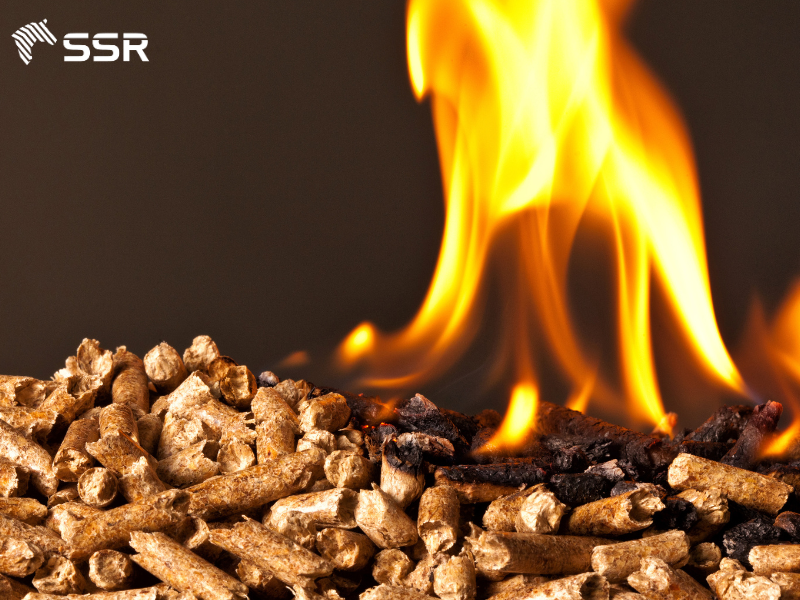
Wood pellets
Biomass fuels like wood pellets, firewood, and briquettes are commonly used in:
- Pellet stoves and fireplaces for space heating
- It boilers for hot water and central heating
- Biogas systems for clean cooking in rural or off-grid areas
2. Electricity Generation
Large-scale biomass power plants burn wood chips, agricultural waste, or organic residues to generate steam, which drives turbines to produce electricity.
In some regions, it makes up a significant percentage of grid electricity. It can also act as base-load power, operating reliably even when solar or wind output is low.
3. Biofuels for Transportation
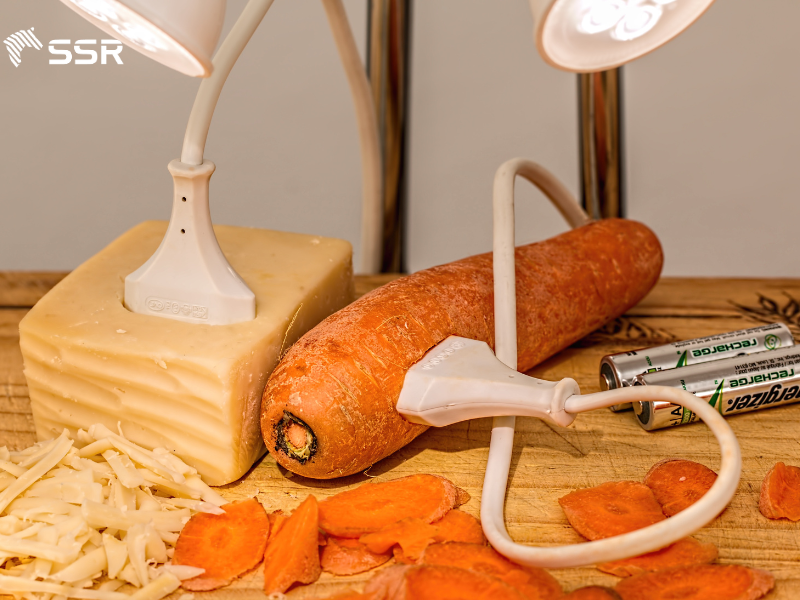
Biofuels for transportation
Biomass can be converted into liquid fuels that power cars, trucks, ships, and even airplanes:
- Ethanol – typically made from corn, sugarcane, or cellulosic feedstock
- Biodiesel – produced from vegetable oils or animal fats
- Advanced biofuels – including algae-based or waste-to-fuel technologies
4. Combined Heat and Power (CHP) Systems
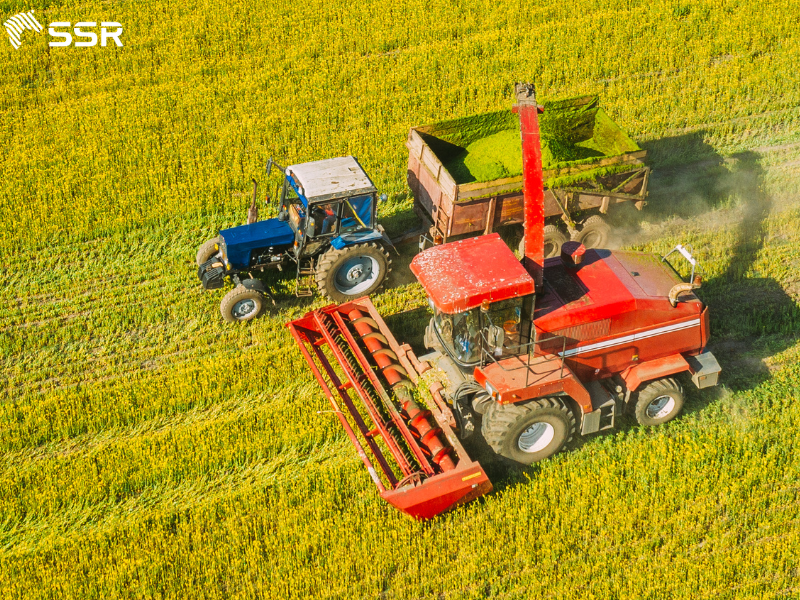
CHP systems
It is used in CHP systems to simultaneously generate:
- Electricity for industrial operations
- Heat for processing, drying, or space heating
5. Industrial Fuel for Eco-Friendly Manufacturing
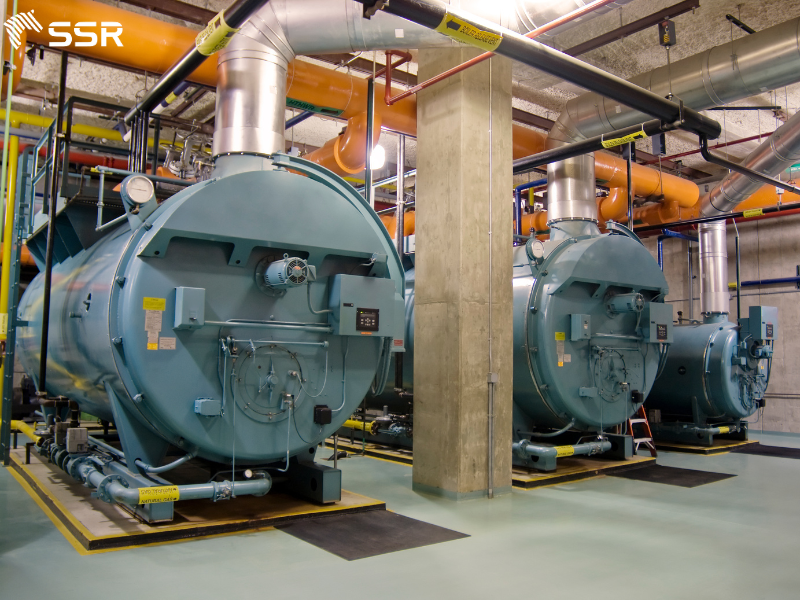
Industrial fuel
In many heavy industries, biomass is used as a cleaner alternative to coal:
- Kilns and furnaces in cement, brick, and ceramic industries
- Steam boilers in textile and food industries
- Process heat in the production of steel, aluminum, or glass
Biomass is widely utilized across various industries thanks to its versatility and sustainability. Major users include biofuel power plants, which convert it into electricity to support the growing demand for renewable energy. Energy companies also rely on bioenergy as a key component in their clean energy portfolios, helping to reduce carbon emissions and promote environmental responsibility.
Additionally, biofuel products such as wood pellets and briquettes are in high demand among BBQ fuel distributors and BBQ restaurant chains, who prefer eco-friendly, efficient fuels to enhance their cooking operations while appealing to environmentally conscious customers. This diverse range of applications highlights the strong and expanding market across different sectors.
Why Is Biomass So Expensive?
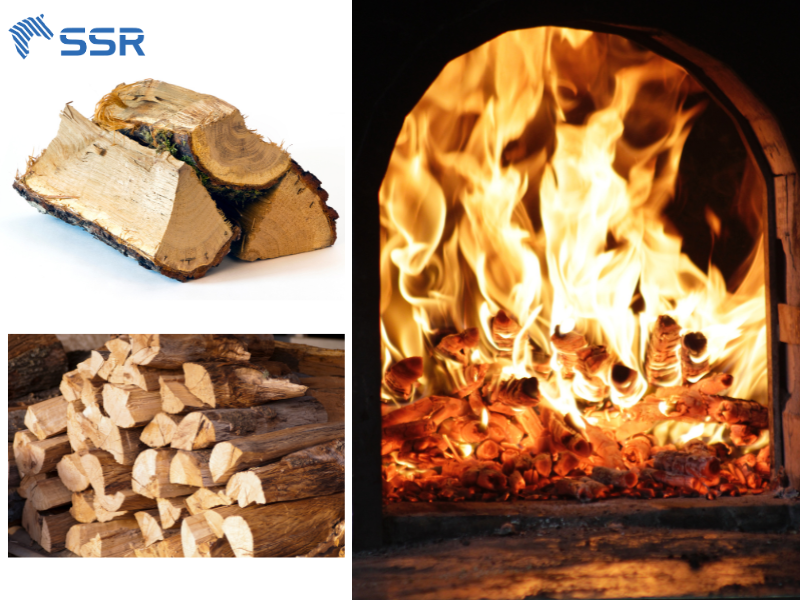
Why is biomass so expensive
Though renewable, bioenergy isn’t always cheap. Key reasons include:
- High transportation and logistics costs
- Expensive conversion technologies
- Strict quality control for export
- Lack of long-term policy incentives in some regions
Countries Rich in Biomass Resources
Several nations lead in biomass potential and use:
- Brazil – sugarcane bagasse for bioethanol
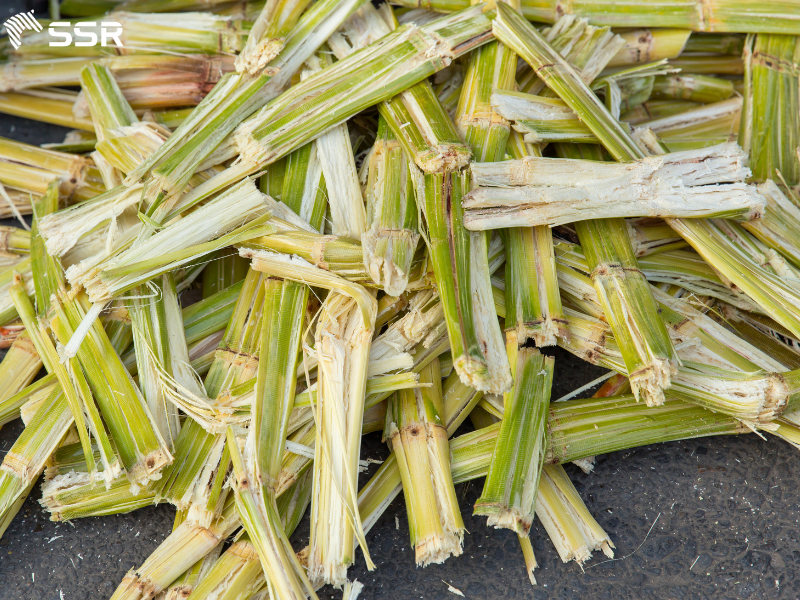
Sugarcane
Brazil is a global leader in bioenergy, particularly bioethanol production from sugarcane bagasse (the fibrous residue after juice extraction). With massive sugarcane plantations, Brazil has developed an extensive infrastructure to:
- Convert bagasse into electricity and steam for sugar mills
- Produce ethanol fuel that powers millions of flex-fuel vehicles
- Reduce its dependence on fossil fuels and slash emissions
- United States – wood and agricultural residues
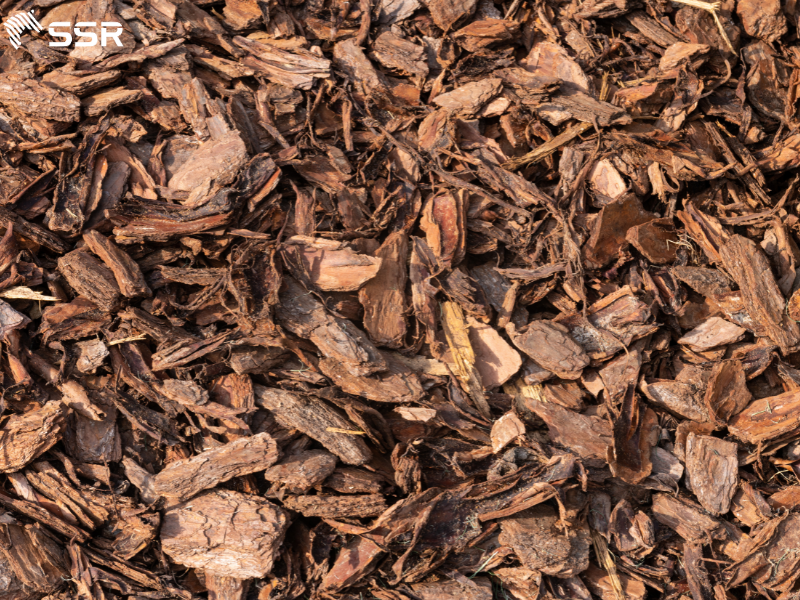
Wood chips
The U.S. has one of the most diverse and developed bioenergy markets, thanks to:
- Vast forests producing wood chips, sawdust, and bark
- Large-scale agriculture yielding corn stalks, wheat straw, and manure
- Advanced infrastructure for producing ethanol, biodiesel, and biogas
- Vietnam – rubber wood, rice husk, sawdust
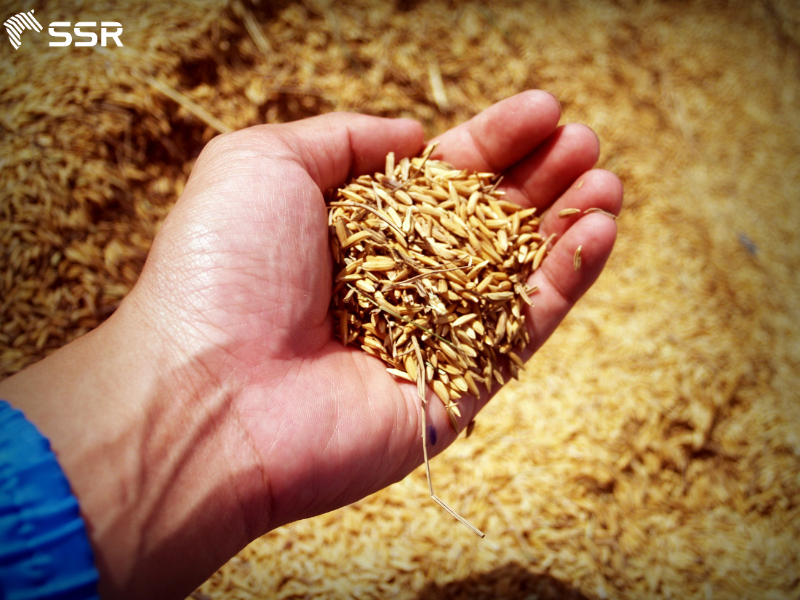
Rice husk
Vietnam has high bioenergy potential, especially from its booming agriculture and wood industries:
- Rubber wood from plantation trees reaching the end of their latex cycle
- Rice husks and straw from millions of tons of rice produced annually
- Sawdust and offcuts from furniture and timber production
- Indonesia – palm waste
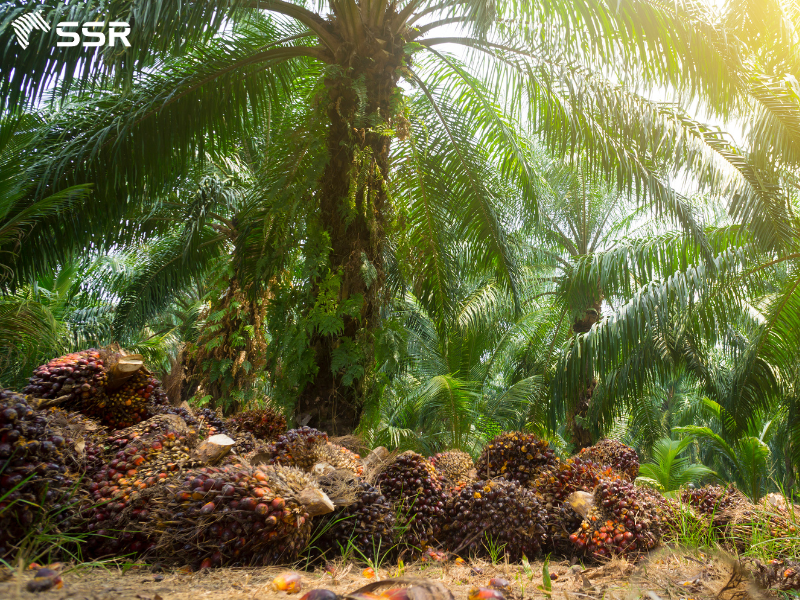
Palm waste
As the world’s largest producer of palm oil, Indonesia generates vast amounts of biofuel waste, such as:
- Palm kernel shells
- Empty fruit bunches (EFB)
- Palm oil mill effluent (POME)
- Canada – forestry by-products
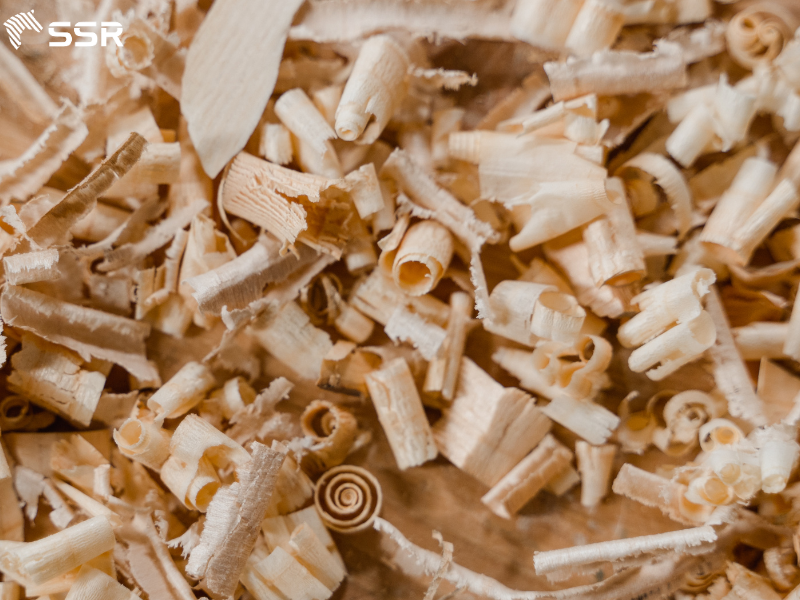
Forestry by-products
With its massive boreal forests, Canada is rich in wood waste and forest residues, including:
- Lumber scraps
- Sawdust and bark
- Deadwood and logging leftovers
SSR VINA’s Biomass Market Growth
SSR VINA is currently focusing on developing its biofuel sector in three key markets: Japan, South Korea, and Europe. With sustainably sourced materials and internationally standardized production processes, SSR VINA continuously meets the growing demand for clean energy, contributing to the green development movement and reducing global emissions in these regions.
The potential for biofuel in these markets is significant. In Japan, energy source plays a crucial role in the country’s renewable energy policy, especially after the Fukushima disaster, with government incentives promoting biofuel power generation.
South Korea is actively expanding its renewable portfolio, with bioenergy accounting for a notable share of its Renewable Portfolio Standard (RPS) targets, reflecting strong demand for renewable resource. Meanwhile, Europe leads the global bioenergy market, driven by strict environmental regulations and the EU’s commitment to achieving net-zero emissions by 2050, making it an essential component of its energy transition. These trends open up vast opportunities for us to expand its market share and strengthen long-term partnerships worldwide.
5 Facts About Biomass

Supply biomass
- Biomass is the oldest energy source humans have used.
- It produces carbon-neutral energy when managed sustainably.
- It can be stored and transported, unlike solar or wind.
- Biochar, a byproduct, enriches soil and stores carbon.
- It can be used in hybrid systems with solar or wind.
Biomass vs. Other Renewable Energy Sources
| Feature | Biomass | Solar | Wind |
| Energy Storage | Yes | No | No |
| Base-load Power | Yes | No | No |
| Carbon Emissions | Low | None | None |
| Space Requirement | High | Medium | High |
| Weather Dependent | No | Yes | Yes |
FAQs
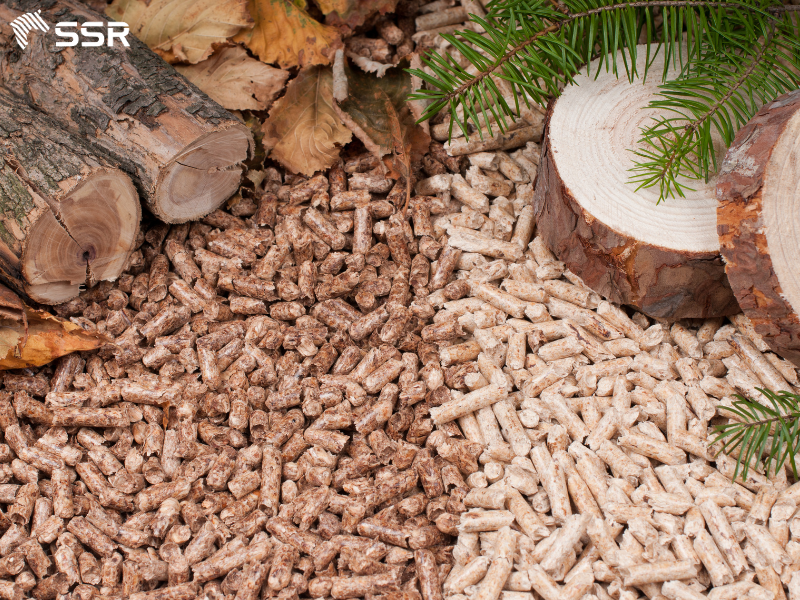
Is biomass good for the future
Q: Is biomass good for the future?
Yes – with sustainable sourcing and cleaner technology, it is a key player in carbon reduction strategies.
Q: How powerful is biomass?
It can produce electricity, heat, and fuels – powering homes, factories, and even vehicles.
Q: Is biomass clean energy?
Cleaner than fossil fuels, but not as emission-free as solar or wind. Still, modern tech is improving its cleanliness.
Q: Does biomass release CO₂?
Yes, but it’s biogenic CO₂, which is part of the natural carbon cycle and not a net addition when managed properly.
Q: Does biomass pollute the air?

Does biomass pollute the air
Improper burning can cause air pollutants. However, regulated systems with filters significantly reduce emissions.
Q: Is biomass worse than coal?
No. it is renewable, emits less carbon, and supports waste reduction – coal does none of these.
Q: Does biomass release ozone?
Not directly. Poor combustion may release VOCs, which can react to form ozone in the atmosphere.
Q: Are biomass boilers green?
Yes, when using sustainable fuel and proper emission controls.
Q: Does biomass come from air?
Partially! Plants absorb CO₂ from the air during photosynthesis, storing it as energy in biomass.
Q: Will we run out of biomass?
Not if we manage resources wisely – it’s renewable, but still needs sustainable practices.
Q: Does biomass use steam?
Yes. Many biomass power plants use steam turbines to generate electricity.
Final Thoughts
Biomass is more than just energy – it’s a bridge to a cleaner, more circular economy. Whether used in industrial power plants or cozy home boilers, this natural resource continues to fuel both innovation and sustainability. As technology evolves, it will likely play a growing role in our energy mix for decades to come.
Featured Products
Acacia Wood Butcher Block Countertops Supplier
Specifications:
- Species: Acacia
- Moisture: < 12%
- Wood Stave (Length): 150-400 mm
- Wood Stave (Width): 30-80 mm
- Length & Width tolerance: 0/+3 mm
- Thickness tolerance: +/- 0.2 mm
- Glue: D4
- Quality: AB, BC or customized
- Surface finish: Sanding 180-240 grit, 2 faces
Rubberwood Finger Joint Board Supplier
- Species: Rubberwood
- Moisture: <12 %
- Wood Stave (Length): 150-600 mm
- Wood Stave (Width): 35-80 mm
- Length & Width tolerance: 0/+3 mm
- Thickness tolerance: +/- 0.2 mm
- Glue: D4
- Quality: AA, AC or customized
- Surface Finish: sanding 240-320 grit, 2 faces
Birch Butcher Block Countertop Supplier
Specifications:
- Species: Birch
- Moisture: < 12%
- Wood Stave (Length): 150-400 mm
- Wood Stave (Width): 20-80 mm
- Length & Width tolerance: 0/+3 mm
- Thickness tolerance: +/- 0.2 mm
- Glue: D4
- Quality: AB, AC or customized
- Surface finish: Sanding 180-240 grit, 2 faces.
Featured News
Related News
SSR Wood in Tay Ninh: Groundbreaking a New Production Hub
SSR held the groundbreaking ceremony for its new wood processing facility in Tay Ninh on November 28. The plant covers 21,300 square meters, is designed to produce 2,000 cubic meters per month, and is expected to employ around 400 workers once fully operational. The project represents a significant expansion of SSR’s manufacturing capacity in Southern […]

SSR VINA becomes VCCI Member: A New Milestone
SSR VINA is proud to announce its official VCCI member (Vietnam Chamber of Commerce and Industry) – the nation’s leading organization representing the business community and employers in Vietnam. This marks a significant milestone in SSR VINA’s journey to enhance the global presence of “Made-in-Vietnam” products, reaffirming our commitment to quality, innovation, and sustainable growth. […]






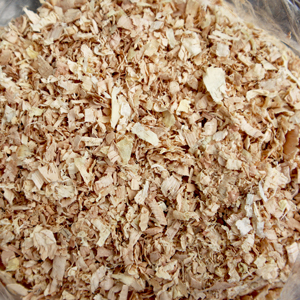

 Tháng 5 28, 2025
Tháng 5 28, 2025 | mkt.ms-huyen
| mkt.ms-huyen
